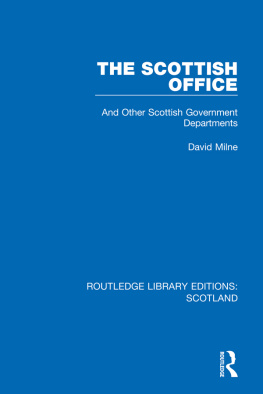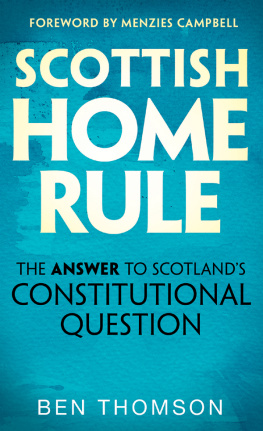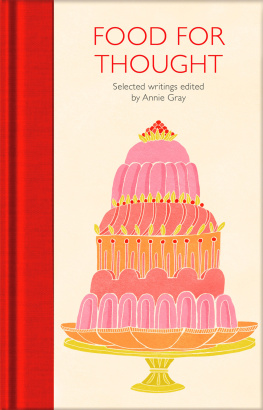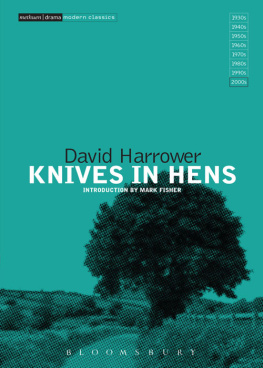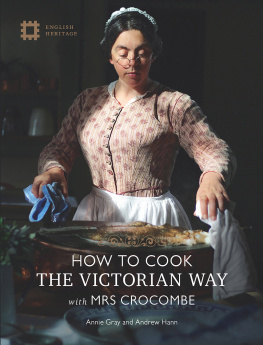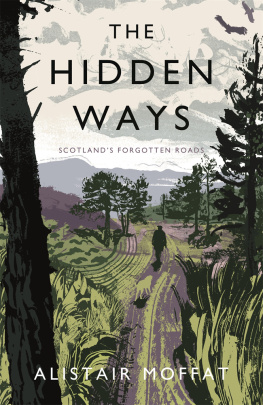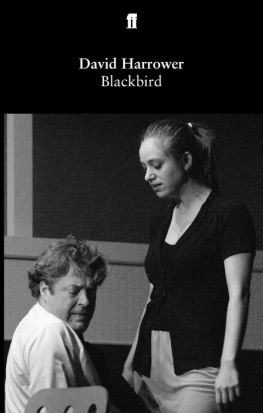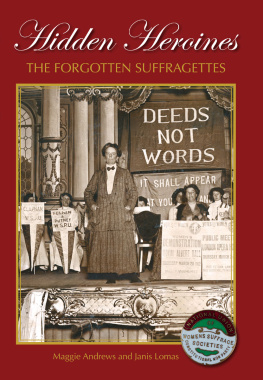Annie Harrower-Gray - Scotlands hidden harlots and heroines : womens role in Scottish society from 1690-1969
Here you can read online Annie Harrower-Gray - Scotlands hidden harlots and heroines : womens role in Scottish society from 1690-1969 full text of the book (entire story) in english for free. Download pdf and epub, get meaning, cover and reviews about this ebook. year: 2014, publisher: Pen and Sword, genre: Non-fiction. Description of the work, (preface) as well as reviews are available. Best literature library LitArk.com created for fans of good reading and offers a wide selection of genres:
Romance novel
Science fiction
Adventure
Detective
Science
History
Home and family
Prose
Art
Politics
Computer
Non-fiction
Religion
Business
Children
Humor
Choose a favorite category and find really read worthwhile books. Enjoy immersion in the world of imagination, feel the emotions of the characters or learn something new for yourself, make an fascinating discovery.

- Book:Scotlands hidden harlots and heroines : womens role in Scottish society from 1690-1969
- Author:
- Publisher:Pen and Sword
- Genre:
- Year:2014
- Rating:5 / 5
- Favourites:Add to favourites
- Your mark:
- 100
- 1
- 2
- 3
- 4
- 5
Scotlands hidden harlots and heroines : womens role in Scottish society from 1690-1969: summary, description and annotation
We offer to read an annotation, description, summary or preface (depends on what the author of the book "Scotlands hidden harlots and heroines : womens role in Scottish society from 1690-1969" wrote himself). If you haven't found the necessary information about the book — write in the comments, we will try to find it.
Annie Harrower-Gray: author's other books
Who wrote Scotlands hidden harlots and heroines : womens role in Scottish society from 1690-1969? Find out the surname, the name of the author of the book and a list of all author's works by series.
Scotlands hidden harlots and heroines : womens role in Scottish society from 1690-1969 — read online for free the complete book (whole text) full work
Below is the text of the book, divided by pages. System saving the place of the last page read, allows you to conveniently read the book "Scotlands hidden harlots and heroines : womens role in Scottish society from 1690-1969" online for free, without having to search again every time where you left off. Put a bookmark, and you can go to the page where you finished reading at any time.
Font size:
Interval:
Bookmark:
Pen & Sword Social History
an imprint of
Pen & Sword Books Ltd
47 Church Street
Barnsley
South Yorkshire
S70 2AS
PDF ISBN: 978 1 47383 646 4
EPUB ISBN: 978 1 47383 470 5
PRC ISBN: 978 1 47383 558 0
this Work has been asserted by her in accordance with the Copyright,
Designs and Patents Act 1988.
Library
transmitted in any form or by any means, electronic or mechanical
including photocopying, recording or by any information storage and
retrieval system, without permission from the Publisher in writing.
Mac Style, Bridlington, East Yorkshire
Printed and bound in the UK by CPI Group (UK) Ltd, Croydon,
CRO 4YY
Archaeology, Atlas, Aviation, Battleground, Discovery, Family
History, History, Maritime, Military, Naval, Politics, Railways, Select,
Transport, True Crime, and Fiction, Frontline Books, Leo Cooper,
Praetorian Press, Seaforth Publishing and Wharncliffe.
PEN & SWORD BOOKS LIMITED
47 Church Street, Barnsley, South Yorkshire, S70 2AS, England
E-mail:
Website: www.pen-and-sword.co.uk
Font size:
Interval:
Bookmark:
Similar books «Scotlands hidden harlots and heroines : womens role in Scottish society from 1690-1969»
Look at similar books to Scotlands hidden harlots and heroines : womens role in Scottish society from 1690-1969. We have selected literature similar in name and meaning in the hope of providing readers with more options to find new, interesting, not yet read works.
Discussion, reviews of the book Scotlands hidden harlots and heroines : womens role in Scottish society from 1690-1969 and just readers' own opinions. Leave your comments, write what you think about the work, its meaning or the main characters. Specify what exactly you liked and what you didn't like, and why you think so.

